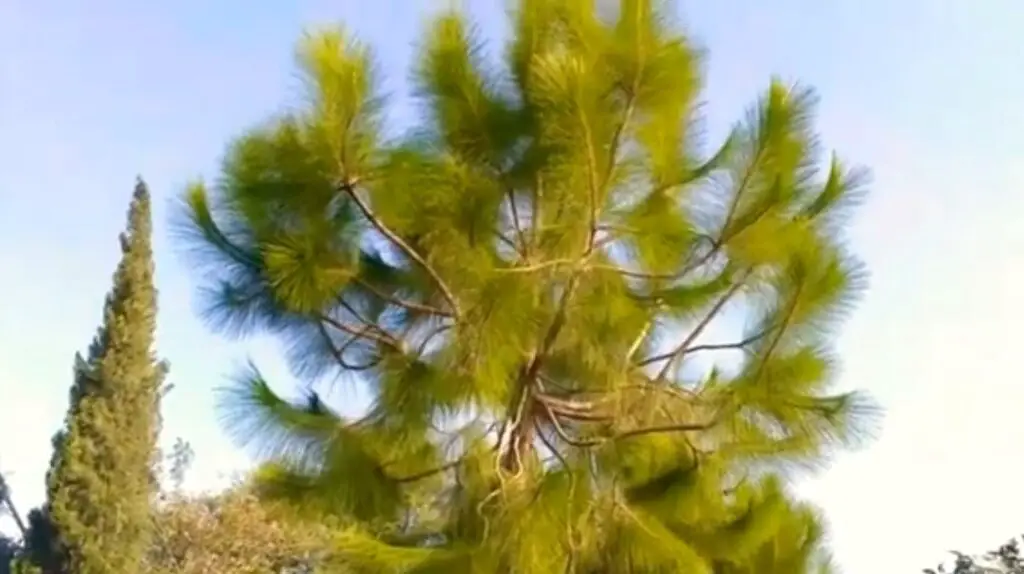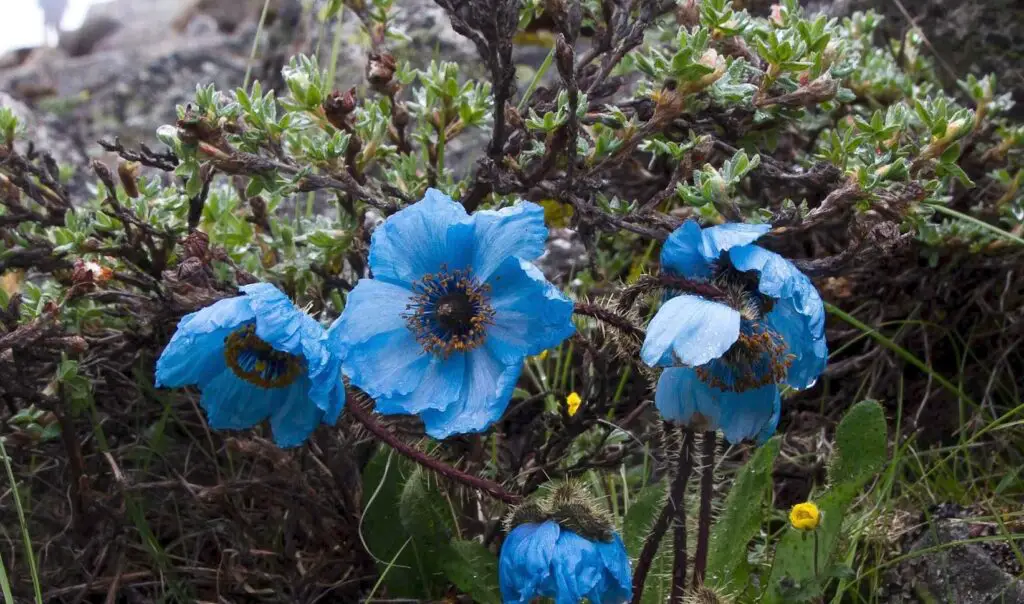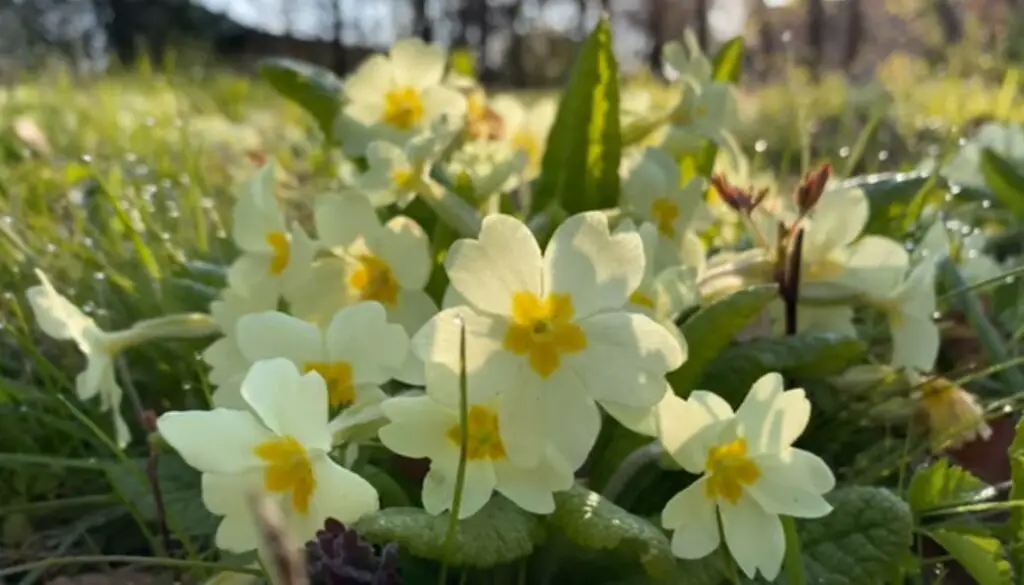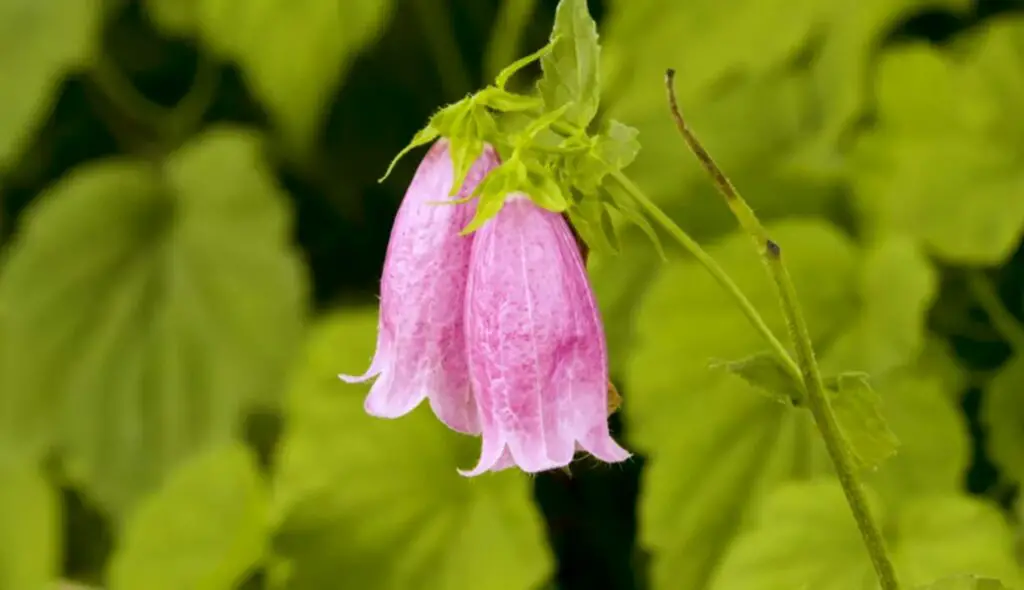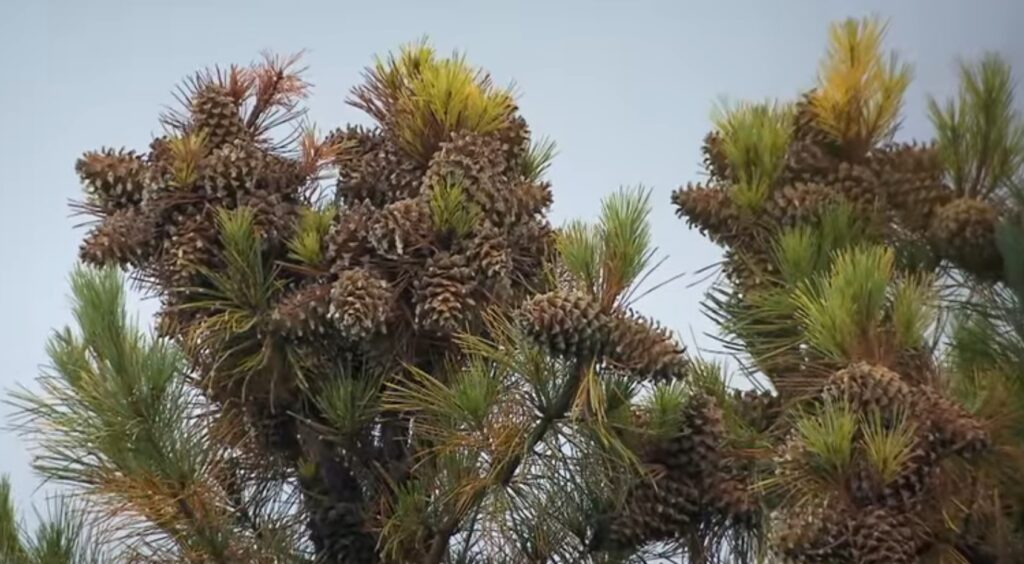Pine trees are a group of evergreen coniferous trees that belongs to the Pinaceae family. They are among the most common trees in the world, and they are found on almost every continent, except Antarctica. Pine trees are known for their distinctive needles, cones, and resinous wood.
Different Types of Pine Trees
There are over 115 different species of pine trees, ranging in size from dwarf shrubs to towering giants that can reach heights of over 250 feet (76 meters). Pine trees are known for their straight, tall trunks, which make them popular choices for use in construction, furniture making, and paper production.
Here are some examples of the most well-known pine tree species:
Scots Pine (Pinus sylvestris): A fast-growing pine tree native to Europe and Asia.
Eastern White Pine (Pinus strobus): A large pine tree that is native to eastern North America and is known for its soft, flexible needles and large cones.
Lodgepole Pine (Pinus contorta): A tall pine tree native to western North America that is known for its twisted, contorted branches and small cones.
Ponderosa Pine (Pinus ponderosa): A large pine tree native to western North America that is known for its thick, scaly bark and long, slender needles.
Jack Pine (Pinus banksiana): A small pine tree that is native to North America and is known for its twisted, gnarled branches and cones that require heat to open.
Loblolly Pine (Pinus taeda): A fast-growing pine tree that is native to the southeastern United States and is commonly used for timber and paper production.
Monterey Pine (Pinus radiata): A tall pine tree that is native to California and is known for its straight trunk and slender needles.
Whitebark Pine (Pinus albicaulis): A slow-growing pine tree that is native to high elevations in western North America and is important for wildlife, as it provides food and habitat for a variety of animals.
These are just a few examples of the many types of pine trees that exist around the world. Each species has unique features and characteristics that make it well-suited to different environments and uses.
Features of Pine Trees
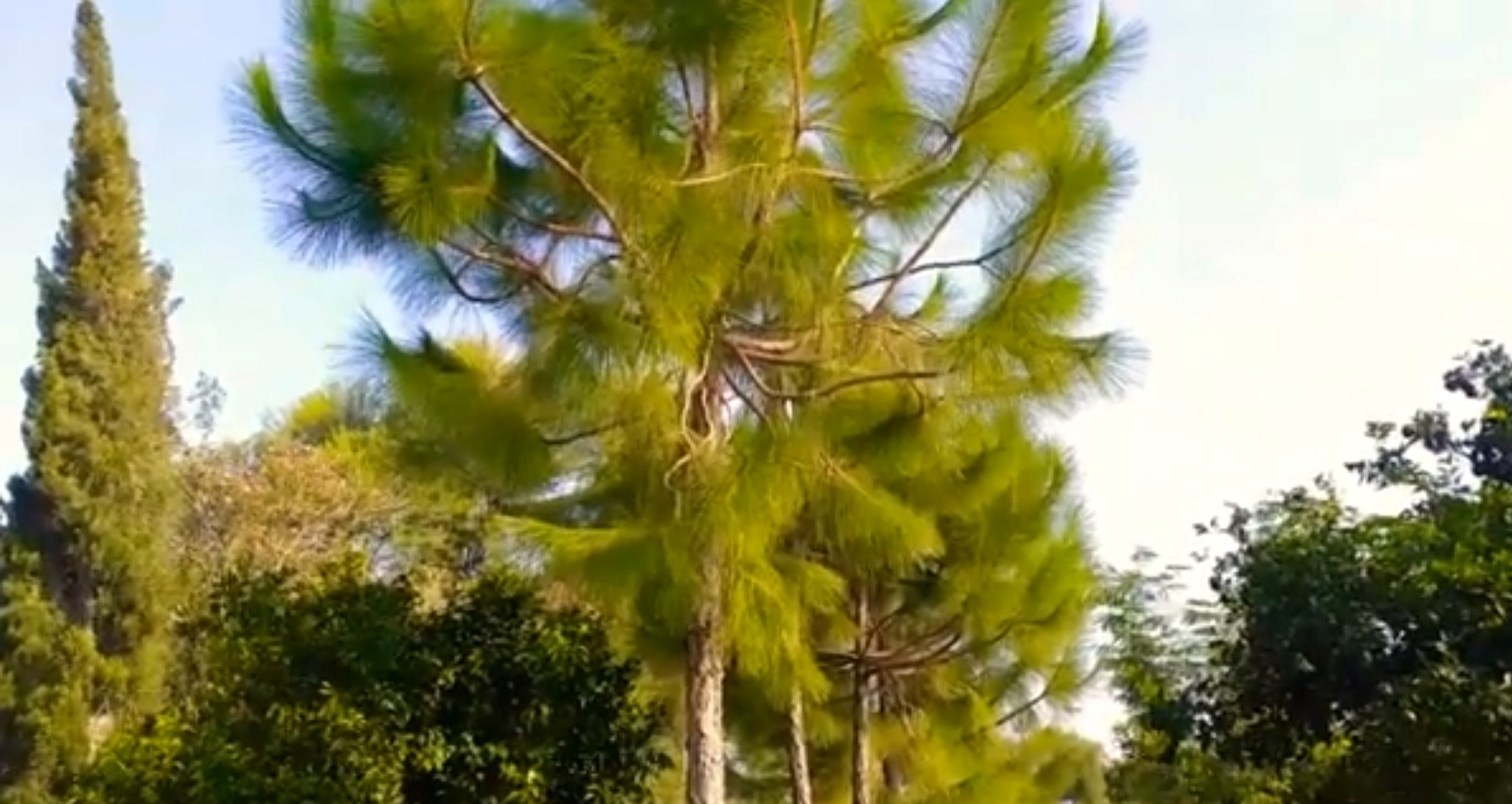 One of the most distinctive features of pine trees is their needles. Pine needles can be found in clusters, with each cluster containing several needles. The number of needles in a cluster can vary depending on the species of pine tree, but most pine trees have needles that come in groups of two, three, or five. Pine needles are usually long and thin, and they can be either stiff or flexible depending on the species of pine tree.
One of the most distinctive features of pine trees is their needles. Pine needles can be found in clusters, with each cluster containing several needles. The number of needles in a cluster can vary depending on the species of pine tree, but most pine trees have needles that come in groups of two, three, or five. Pine needles are usually long and thin, and they can be either stiff or flexible depending on the species of pine tree.
Pine cones are another unique feature of pine trees. Pine cones are the reproductive structures of pine trees, and they contain both male and female reproductive organs. The cones come in a variety of sizes, shapes, and colors depending on the species of pine tree. Pine cones can range in size from just a few inches to over a foot long. They are usually woody and hard, and they can take several years to mature.
Pine trees are known for their resilience and ability to grow in a wide range of environments. They are commonly found in forests, but they can also grow in grasslands, deserts, and even in the Arctic tundra. Pine trees are able to adapt to different soil types and can tolerate both dry and wet conditions.
Pine trees play an important role in the environment. They are known for their ability to absorb carbon dioxide from the atmosphere, which helps to reduce the effects of climate change. Pine trees also provide habitat for a wide range of animals, including birds, squirrels, and insects.
Pine Tree Benefits
Today, pine trees are still valued for their wood, which is used in construction, furniture, and paper production. The wood of some pine species is also used for making musical instruments, such as guitars and violins.
Pine trees also have medicinal properties. The needles of some pine species can be brewed into a tea that is high in Vitamin C and has been used to treat scurvy. Pine oil, which is derived from the needles and cones of some pine species, has antiseptic and anti-inflammatory properties and has been used to treat respiratory ailments and skin conditions.
In addition to their practical uses, pine trees are also valued for their aesthetic beauty. Pine trees are often used in landscaping and are popular choices for Christmas trees due to their distinctive shape and aroma.
However, pine trees are not without their challenges. Pine forests are vulnerable to wildfires, which can be devastating to both the environment and the communities that rely on them. Pine trees are also susceptible to diseases and pests, such as the mountain pine beetle, which can kill large numbers of trees.
Despite these challenges, efforts are underway to preserve and protect pine forests. Sustainable forestry practices, such as reforestation and selective harvesting, are being used to ensure that pine trees continue to be a valuable resource for generations to come. Conservation efforts are also underway to protect endangered species that rely on pine forests for their survival.
In addition to their ecological importance, these trees have also played a significant role in human history. Pine trees have been used for centuries for building materials, fuel, and food. The resin from pine trees has been used to make turpentine, which was once used as a solvent and is now used in the production of paint.
Most Common Pine Tree
The most common pine tree species worldwide is the Scots Pine (Pinus sylvestris), also known as the European Red Pine or Baltic Pine. It is native to Europe and Asia, but has been introduced to other regions, including North America, where it has become naturalized.
The Scots Pine is a relatively fast-growing tree that can reach heights of up to 130 feet (40 meters) and is known for its distinctive orange-brown bark, long needles in pairs, and large, round cones. It is used for timber, pulpwood, and fuel and is also a popular choice for landscaping and Christmas trees.
Overall, pine trees are an important and fascinating part of the natural world. From their distinctive needles and cones to their versatility and resilience, pine trees have much to offer and continue to be an integral part of our lives and our environment.

